What makes a great-sounding acoustic guitar?
Some of the world's finest acoustic builders discuss what goes into making a guitar sing
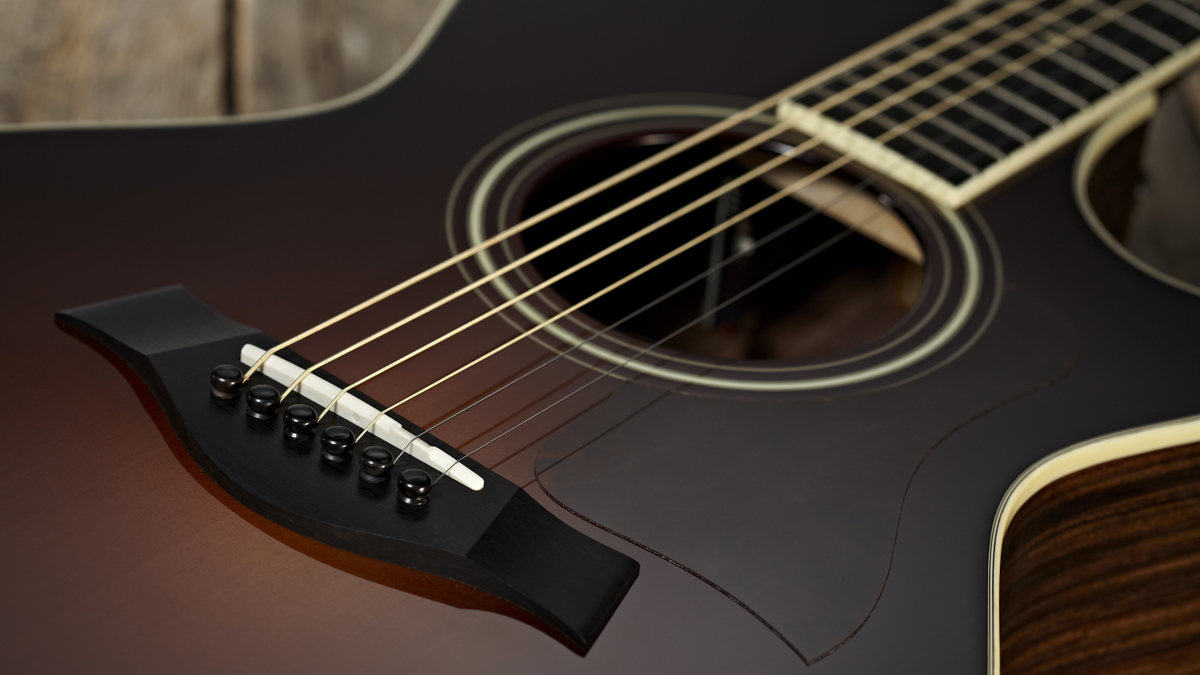
For this section on that much-asked question of where great tone lies in an acoustic guitar, we cast our net far and wide to assemble some of the finest luthiers.
The knights of our virtual round-table discussion are Andy Powers, George Lowden, Alex Bishop, Alister Atkin and Ciaran McNally, and the first thing we turned our attention to was the myth that a smaller-bodied instrument offers a lower output in terms of volume than its larger cousins…
Andy Powers: “If I wanted the response to feel faster, I’d go to a smaller-bodied guitar because the smaller top will respond more quickly. Something like [Taylor’s] 912ce Builder’s Edition feels like driving a sports car; it’s so fast and so immediately responsive and so unbelievably linear in the type of volume it puts out over the whole register.”
George Lowden: “What I find is that the high frequencies actually cut through more than the low frequencies do and therefore there’s a perception of loudness with a small guitar. Many people say that our small guitars, the S and the Wee, are actually louder than the O and the F because that’s the perception.”
A guitar doesn’t sound good just because it has a nitro finish, it’s because it’s a good design, built well and happens to have that finish as one of the elements in its recipe
Andy Powers
Alex Bishop: “I always point people in the direction of violins. The violin absolutely kicks out the volume, partly because of the bowing, but when you think of its size it’s got a huge sound output and it’s probably not much bigger than some mandolins.”
Ciaran McNally: “Sometimes with things like OMs where you’ve got this tighter waist and smaller upper bout, it’s forcing the air out of the guitar quicker. You can get some more immediate responses from smaller guitars. The dreadnought, because of its sheer size, allows that heavy handedness, there’s space for vibrations and a lot of air in the box that doesn’t start to break up the tone.”

What about the characteristics of the various popular wood combinations?
Get The Pick Newsletter
All the latest guitar news, interviews, lessons, reviews, deals and more, direct to your inbox!
George: “Cedar is very fast. It has a fast and even response; you don’t have to pluck the guitar very hard to get that responsiveness out of it. With Alpine spruce you have to work a little bit harder and you have to give the guitar a little bit of time to mature – the same with Adirondack spruce.
“Sitka spruce is pretty good right from the beginning, a little bit brighter and less complex than, say, the Alpine would be in tone. And then redwood is warm and it seems to favour sustain a lot.
“For backs and sides I’ll just pick out two or three that strike me. First of all African blackwood: very, very loud and loads of projection, very clear, and if you put it with a cedar top the volume is usually quite remarkable. But because it’s a characteristic of the wood itself it gives a very clear bell-like tone.
“Honduras rosewood would be very similar to that in terms of its tonal response. And Brazilian rosewood, of course, is so rare and so expensive and completely controlled by CITES now – but it’s still in my view the ideal wood. It’s not as loud as African blackwood or Honduras rosewood but it has complexity and clarity and warmth and it has basically everything. But ridiculously expensive.”
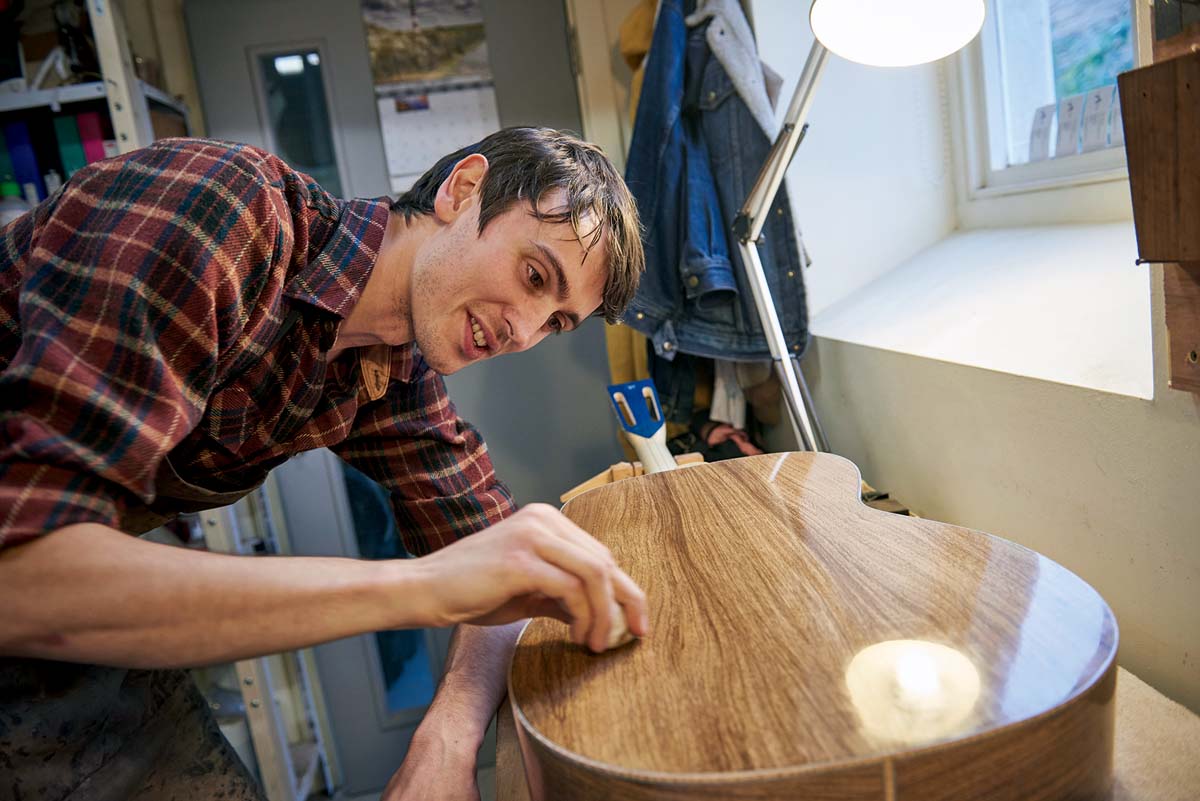
Ciaran: “I love the classic wood combinations: Sitka/rosewood, Sitka/mahogany. I love Adirondack with a heavy back and sides like a more dense rosewood or cocobolo because you get this dynamic thing that goes on with Adirondack. So you can hit it lightly and you get a good response and absolutely dig in and it shouts back at you. I don’t believe a certain species of wood gives a certain tone. To me, it comes down to density and texture. It’s not an ethereal, magical kind of thing.”
Andy: “Did the wood come from something that looks like a Christmas tree or did the wood for the top come from something that drops its leaves in the fall? You’re looking at some sort of conifer that’s evergreen and has needles, as opposed to something that has big broad leaves.
I definitely think the heart of a good guitar is the maker’s input and what we do with that wood
Alister Atkin
“Now, those woods grow very differently so the tendency is that the spruce, pine, fir, cedar or redwood will have a real traditional kind of response. When you strike the string, the sound will explode into being with a big attack then decay out from there.
“If the top is something like mahogany, koa, walnut or similar, it tends to smooth off the first part of the note like a natural compressor; it’s like you’ve added a little bit of compression to your sound.”
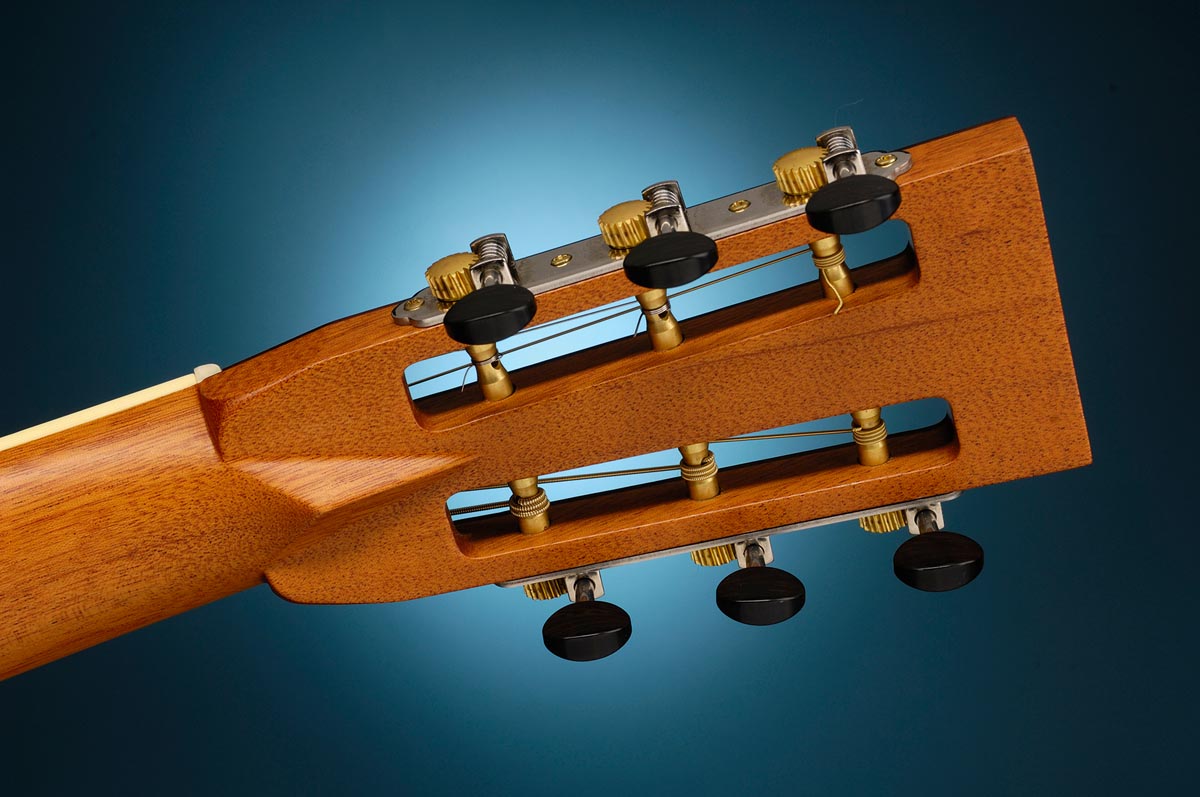
Alex: “It’s a traditional versus modern divide, so whenever people are after something traditional sounding I always point them towards classic combinations such as rosewood and spruce or mahogany, things people would expect to hear.
“But I’m obviously a big fan of alternatives: a big fan of walnut, which is quite a nice in-between and has become very popular in more recent times. And there’s other indigenous wood that gives a different sound again.”
Alister Atkin: “My feeling is that there are certain combinations that we know work and if someone’s after a sound I can usually get to where they want to go by having that conversation with them and thinking, ‘Well, it sounds like they’re probably looking for this.’
“I use very basic combinations of wood, it’s pretty much either rosewood or mahogany back and sides. I personally always enjoy the spruce guitars, so nowadays we’re using quite a lot of Adirondack on some of our higher models and I really enjoy that.”
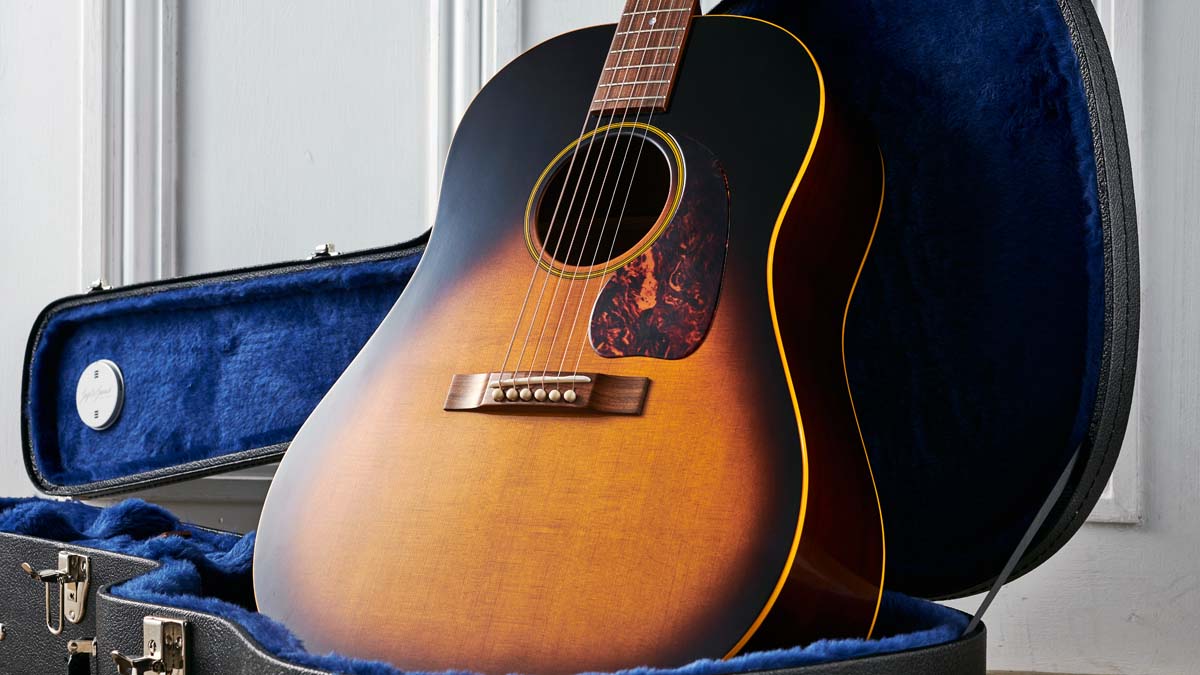
How does finish affect the tone of an acoustic guitar?
Alex: “I’m a big fan of French polish but it works better on some timbers than others. I love the look of it, particularly on walnut. This is not a sound thing but I find a lot of modern spray finishes leave the feel of the instrument a bit cold to me. I like something that’s a bit tactile.”
George: “Years ago I experimented a little bit with French polish but the reason I didn’t continue with that was, particularly on soft woods like soundboards, it absorbed a lot of the French polish and I don’t want the soundboard to do that and so I discontinued trying it.
“I’ve always used a polyurethane or a polyurethane acrylic finish very, very, very thin, especially on the soundboard. It’s getting it very thin that is the critical point – and that makes the big difference.”

Ciaran: “The finish is quite important on acoustic instruments. A lot of times when I play a very high-end American guitar, I believe that the very clear, crystal tone you get is created by that ultra-flat finish and how the finish has been treated and how hard the finish is. There’s this layer on the wood of the guitar that the wood is vibrating within, so it’s got to have an effect [on the sound].”
Alister: “A really nice thin finish will help the guitar resonate and let the guitar move as much as possible. I’ve found a lot of freedom in that way of thinking because the stuff that used to keep me up at night – about grain sinkage and whether something’s perfectly flat and mirror-like – is now something that’s not on our radar. We’re much more about trying to give the guitar its best opportunity at sounding great and looking like it has that vintage vibe.”
Andy: “A guitar doesn’t sound good just because it has a nitro finish, it’s because it’s a good design, built well and happens to have that finish as one of the elements in its recipe. It’s not just cause and effect.
“There are some physical characteristics where a thin nitro finish will sound pretty good on certain designs. The thickness of the finish, the density of a finish, the penetration level of a finish – they all have to be suitable for the design that you’re building and the material that they’re going over.
“The finish of a guitar – of any instrument – contributes to the sound in terms of damping. There is a certain amount of potentially useful/potentially not useful damping that goes on.
“When you’re building an instrument, what you’re looking to do is to damp out everything that’s inharmonic – everything that sounds like noise, everything that doesn’t align or contribute to the musical, harmonious part of the sound. So you’re looking for selective filtering. Get rid of the noisy junk and just allow the musically useful parts of the sound to ring out.”
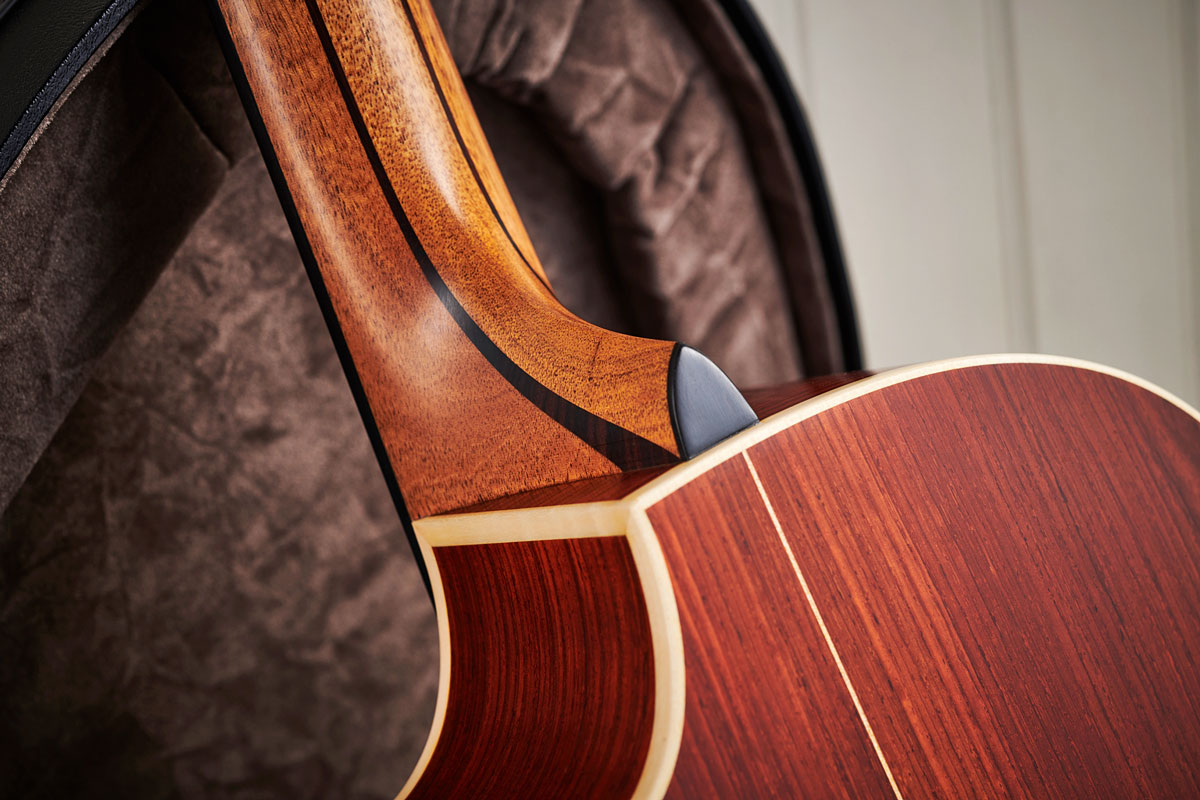
In your opinion, what is at the heart of a great-sounding instrument?
George: “A musical instrument has to breathe at the end of its making process. If there are tensions that have built up during the building process – tensions in the wood, for example, or tensions in the way that the soundbox is made – then when you finally string it up the guitar doesn’t sound as good as it should because it’s too tight, it’s not free.”
Alex: “For me, the heart of the guitar is somewhere between the blueprint that you’re working off and the craftsmanship of the maker, and I personally think that materials probably come next. But I think those two top the bill.”
Alister: “In my opinion, it’s not necessarily down to the wood because I’ve come across so many exceptions that blow that out of the water. I definitely think the heart of a good guitar is the maker’s input and what we do with that wood. If it was possible, you could give a variety of different makers the same set of wood and they would all come out differently.
“Then give it to Ry Cooder, give it to Jimmy Page and then give it to Slash. They’re all going to do something different with it and you couldn’t pinpoint it to that guitar in the same way as I can’t see that you could ever come up with a formula that would write Mr Tambourine Man.”
Jamie Dickson is Editor-in-Chief of Guitarist magazine, Britain's best-selling and longest-running monthly for guitar players. He started his career at the Daily Telegraph in London, where his first assignment was interviewing blue-eyed soul legend Robert Palmer, going on to become a full-time author on music, writing for benchmark references such as 1001 Albums You Must Hear Before You Die and Dorling Kindersley's How To Play Guitar Step By Step. He joined Guitarist in 2011 and since then it has been his privilege to interview everyone from B.B. King to St. Vincent for Guitarist's readers, while sharing insights into scores of historic guitars, from Rory Gallagher's '61 Strat to the first Martin D-28 ever made.
“While the odd corner has clearly been cut, these are true Gibsons with all the individuality that this brand exhibits”: Gibson J-45 Special and Hummingbird Special review
“Fender has stripped back the price – but has it gone too far paring back the sounds, too?” Fender Standard Acoustasonic Telecaster review











